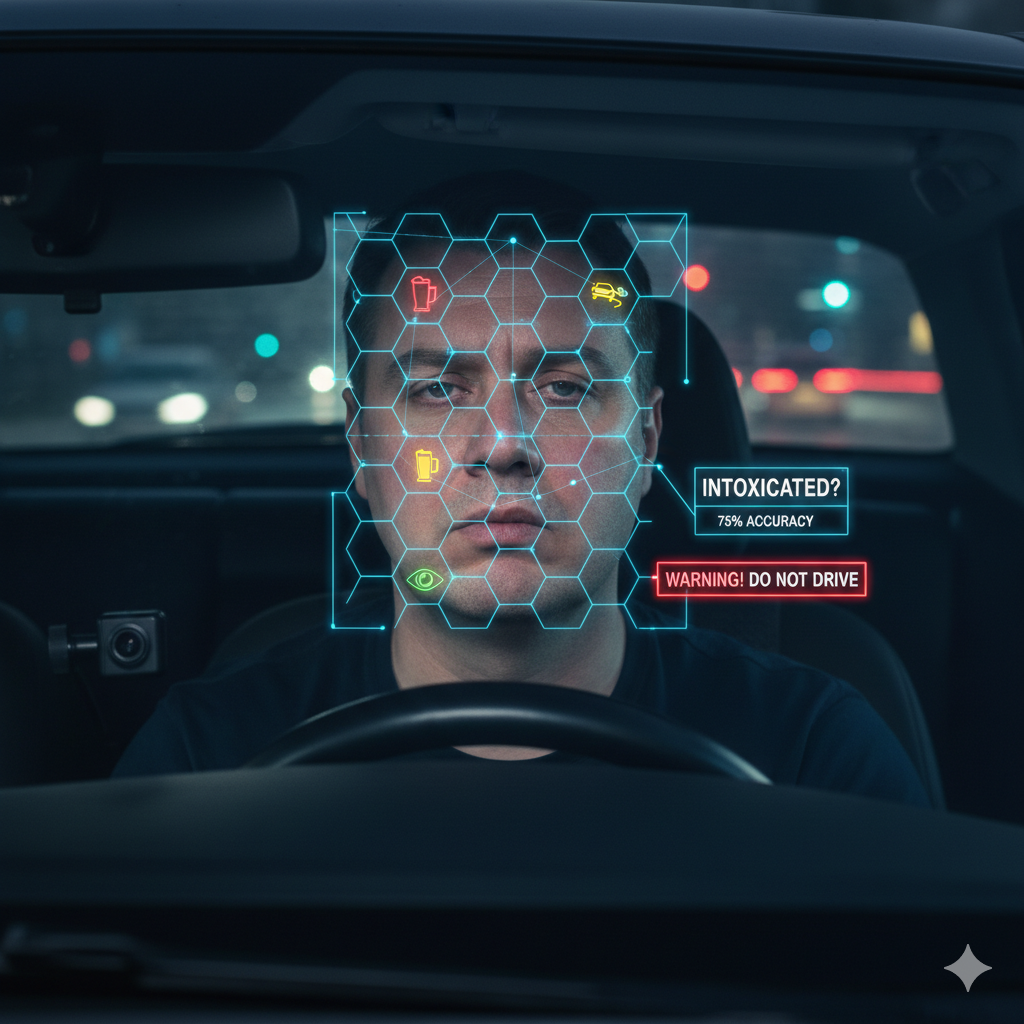Handwriting and signature verification are important tools in security, authentication, and digital forensics. Traditional methods often struggle with variations caused by surfaces, pens, or writing conditions. To address this, researchers Heng Zhao & Huihui Li (2023) proposed a new method called Spatial Variation-dependent Verification (SVV), which uses textural features (TFs) and convolutional neural networks (CNNs) to improve accuracy and reduce false positives.
# Key Idea: SVV Scheme:
The SVV system works by analyzing the texture patterns in handwritten and digital signatures.
# Identification Points:
First, the system checks pixel intensity variations in the signature. It identifies unique "points" in the texture that represent the signature’s key features.
# Feature Mapping:
These identification points are mapped to digital signatures. Textural features are then extracted between successive points to avoid cumulative errors.
# Layered CNN Analysis:
Layer 1: Generates new identification points. Layer 2: Selects the best-matching texture features, reducing false positives.
# Matching & Verification:
The system ensures that each person’s unique writing texture (pixel intensity + spatial variation) is used to distinguish them reliably. Verification is performed quickly, with reduced computational cost compared to earlier models.
# Related Work:
Past methods used SVMs, Transformers, CNNs, and Siamese networks for signature verification.
While many achieved high accuracy (94–99%), they often required large datasets, long computation times, or struggled with different writing styles.
The SVV model aims to overcome these by balancing accuracy with speed while minimizing false acceptance (FAR) and false rejection (FRR) rates.
# Experimental Results:
The model was tested using datasets of genuine and forged signatures: 1.Accuracy: 95.5%+ (improvement of ~12% over older models). 2.Precision: 96.4% (very low false positives). 3.Detection Rate: ~95%. 4.False Positives: Only 0.05–0.08%. 5.Verification Time: Less than 1 second per signature. 6.FAR & FRR: Both significantly lower compared to existing techniques.
# Why It Matters:
1.Provides reliable writer identification for security systems, banking, and digital forensics. 2.Works well even when writing surfaces and conditions vary. 3.More efficient than traditional AI models, with reduced errors.
# Future Directions:
The authors suggest improving the system by: 1.Supporting multiple languages and scripts. 2.Adding temporal features (speed, stroke order in online writing). 3.Using transfer learning to adapt to new handwriting styles. 4.Developing forgery and fraud detection tools. 5.Establishing standardized benchmarks for fair evaluation.bold text



